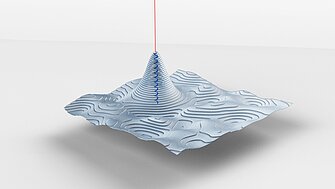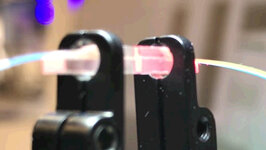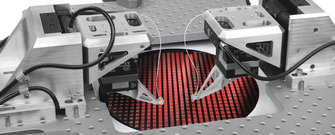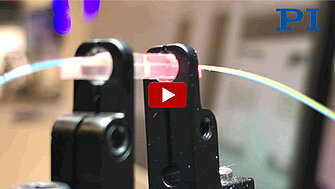Alignment is crucial for effectiveness and performance in SiPh production. The industry has come a long way from manual processes to intelligent automation of photonics testing, assembly, and packaging. As the alignment of optics, fiber arrays, etc is the most time-consuming production step, new automated solutions improve yield, time-to-market, cost reduction, and scaling production volumes.
Learn moreTag: Silicon Photonics
Mastering Precision
The Evolution of Photonics Alignment Techniques from Manual to Algorithm-Assisted, Automated Systems
Parallelism in Photonics Alignment Automation: Key to Economic Test and Packaging
· PI (Physik Instrumente) LP
Compared to the devices typical of the telecom revolution of two decades ago, today’s typical Silicon Photonics (SiP) devices present more channels, smaller form factors, and exponentially higher production quantities.
Learn moreFast Optical Alignment for SiP Production
· PI (Physik Instrumente) LP
Learn moreParallelism in Photonics Alignment Automation: Key to Economic Test & Packaging
· PI (Physik Instrumente) LP
Learn more


